The Vivo’s X60 Pro 5G with Exynos 1080 chipset is a model exclusively for the Chinese market and differs from the Snapdragon-powered international version not only in terms of chipset but also in the camera, as Chinese consumers get a dual-tele setup instead of a single tele.
Basic specs include a 6.56-inch 120 Hz AMOLED display, a 4200 mAh battery with fast 33W charging, and 256 GB storage with 12 GB RAM. Like the X60 Pro+ variant, the X60 Pro 5G (Exynos) is quad-camera device, with dual tele-lenses and an ultra-wide complementing the main camera. Sensor and lens specs differ between the two models, however. That, combined with the change in chipset and image processing pipeline, should make for an interesting comparison between the two devices.
Let’s find out where the Vivo X60 Pro 5G ranks in our database of smartphone image quality.
Key camera specifications:
- Primary: 48 MP 1/2.0-inch sensor with 0.8µm pixels, 26 mm-equivalent f/1.5-aperture lens, PDAF, OIS
- Ultra-wide: 13 MP sensor, 120° field of view, 16 mm-equivalent f/2.2-aperture lens
- Tele 1: 13 MP 1/2.8-inch sensor with 0.8µm pixels, 50 mm-equivalent f/2.5 lens (2x optical), PDAF
- Tele 2: 8 MP 1/4-inch sensor, periscope-style 125 mm-equivalent f/3.4-aperture lens (5x optical), PDAF, OIS
- 2160p/30 fps, 1080p/60 fps video with gyro-EIS
About DXOMARK Camera tests: For scoring and analysis in our smartphone camera reviews, DXOMARK engineers capture and evaluate over 3000 test images and more than 2.5 hours of video both in controlled lab environments and in natural indoor and outdoor scenes, using the camera’s default settings. This article is designed to highlight the most important results of our testing. For more information about the DXOMARK Camera test protocol, click here. More details on how we score smartphone cameras are available here.
Test summary
Scoring
Sub-scores and attributes included in the calculations of the global score.
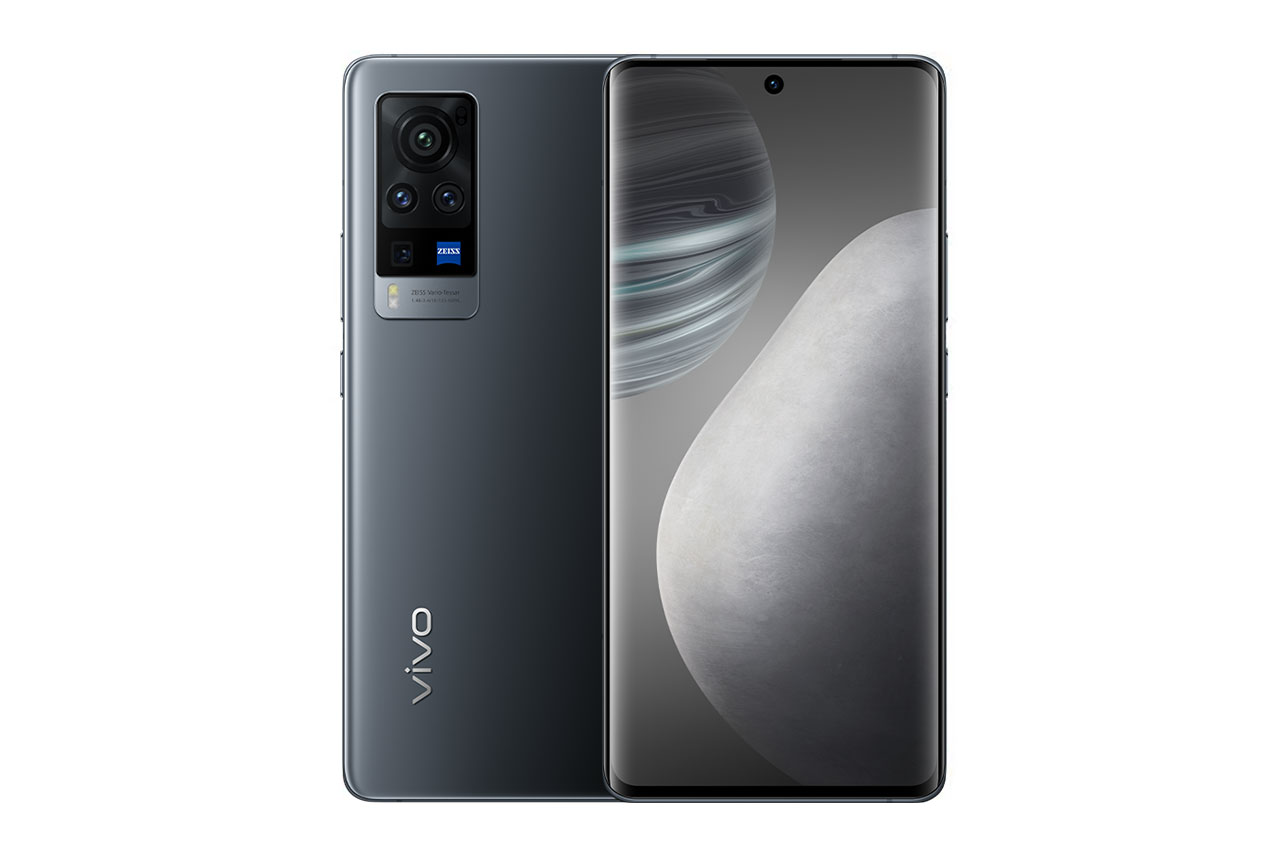
Vivo X60 Pro 5G (Exynos)


Use cases & Conditions
Use case scores indicate the product performance in specific situations. They are not included in the overall score calculations.
Outdoor
Photos & videos shot in bright light conditions (≥1000 lux)
Indoor
Photos & videos shot in good lighting conditions (≥100lux)
Lowlight
Photos & videos shot in low lighting conditions (<100 lux)
Friends & Family
Portrait and group photo & videos
 144th
144th 32nd
32ndPros
- Pleasant color with accurate white balance and pleasant skin tones in most photos and videos
- Accurate exposure with wide dynamic range in outdoor and indoor photos and videos
- Well-controlled noise in outdoor and indoor photos
- Good detail in long-range zoom photos
Cons
- Generally slow autofocus for photos, some failures in low light
- Visible autofocus instabilities when shooting videos
- Low level of detail in all photos
- Noise is visible in low-light photos
- Low detail in close- and medium-range zoom photos
- Video exposure instabilities, especially indoors and in low light
- Ineffective video stabilization, residual motion, and frame shifts
With an overall score of 118, the Vivo X60 Pro 5G (Exynos) falls just outside the top 20 among all smartphones we’ve tested, but ranks in 7th place for Premium devices in the DXOMARK Camera database. By comparison, the Vivo X60 Pro+ 5G currently ranks 11th overall at 128.
The Vivo X60 Pro 5G (Exynos) camera captures excellent pictures in both outdoor and indoor conditions, with generally good HDR rendering and nice colors. Its Photo score puts it in the top ten for the Premium segment, but some weaknesses in low-light conditions especially prevented it from scoring higher.
In the Zoom department, the dual tele-modules (together with an ultra-wide) help the Vivo X60 Pro 5G (Exynos) reach a score of 72. This is a good score for the Premium segment, but fairly low detail in ultra-wide and close-range zoom shots were evident in our testing. Detail is better at longer focal lengths, and overall the Vivo X60 Pro 5G is a favorable option for tele shots compared to other Premium options that don’t feature a tele lens, such as the Xiaomi Mi 11.
With a Video score of 100, the device is some ways behind similarly priced smartphones, dropping to 11th place in our Premium segment ranking. Generally, pleasant color rendering with nice skin tones and high levels of detail when shooting movies in good lighting conditions are the Vivo X60 Pro 5G’s main strengths. Video exposure and autofocus instabilities, as well as ineffective stabilization and fairly high noise hold the device back, however.
Below you can find a detailed analysis and image samples for all Photo, Zoom, and Video sub-attributes, as well as comparisons with the Vivo’s alternative X60 Pro+ 5G, as well as with the Ultra-Premium Huawei Mate 40 Pro+ and the Xiaomi Mi 10 Ultra.
Photo
The Vivo X60 Pro 5G (Exynos) achieves a Photo score of 123. In this section, we take a closer look at each sub-attribute and compare image quality against competitors.

Exposure and Contrast
Vivo X60 Pro 5G (Exynos)
101
111
In these tests we analyze target exposure, contrast, and dynamic range, including repeatability across a series of images. Tests are undertaken in a wide range of light conditions, including backlit scenes and low light down to 1 lux. The score is derived from a number of objective measurements in the lab and perceptual analysis of real-life images.
These samples show the Vivo X60 Pro 5G (Exynos)’s exposure performance in a backlit outdoor scene.

Color
Vivo X60 Pro 5G (Exynos)
100
107
In these tests we analyze color rendering, skin tones, white balance, and color shading, including repeatability across a series of images. The score is derived from a number of objective measurements in the lab and perceptual analysis of real-life images.
These samples show the Vivo X60 Pro 5G (Exynos)’s color performance in an indoor scene.

Autofocus
Vivo X60 Pro 5G (Exynos)
74
109
In these tests we analyze autofocus accuracy and shooting time, including repeatability, in the lab. We test focus failures, depth of field, and tracking of moving subjects using perceptual analysis of real-life images.
This graph shows the Vivo X60 Pro 5G (Exynos)’s autofocus performance when handheld in the lab at a light level of 1000 lux.
This graph shows the Vivo X60 Pro 5G (Exynos)’s autofocus performance when handheld in the lab at a light level of 5 lux.
In these tests we analyze texture on faces and objects, including objects in motion, in a range of light conditions, using several lab test setups and perceptual analysis of real-life images.
This graph shows the Vivo X60 Pro 5G (Exynos)’s texture performance from the DXOMARK Camera test chart shot in the lab under different lighting conditions.

Noise
Vivo X60 Pro 5G (Exynos)
78
102
In these tests we analyze noise on faces and objects, including objects in motion, in a range of light conditions, using several lab test setups and perceptual analysis of real-life images.
These samples show the Vivo X60 Pro 5G’s noise performance in low light.

For these tests we switch to the camera’s bokeh or portrait mode and analyze depth estimation, bokeh shape, blur gradient, and repeatability, as well as all other general image quality attributes mentioned above. The score is derived from perceptual analysis of real-life images.
These samples show the Vivo X60 Pro 5G (Exynos)’s bokeh simulation in an indoor scene.

Night
Vivo X60 Pro 5G (Exynos)
60
82
In these tests we shoot a selection of images in pitch-black darkness as well as with city lights in the background providing some illumination. We shoot sample images with the camera at default settings in both flash-auto and flash-off modes. We analyze all image quality attributes but we pay particular attention to exposure, autofocus, and color. We do not test night modes that have to be activated manually.
These samples show the Vivo X60 Pro 5G (Exynos)’s night performance in flash-off mode.

Artifacts
Vivo X60 Pro 5G (Exynos)
63
77
In these tests we check images for optical artifacts such as vignetting, flare, lens softness in the corner, distortion, and chromatic aberrations, as well as for processing artifacts such as ghosting and fusion errors, hue shift, and ringing.
This sample shows ghosting artifacts in an outdoor image.

Preview
Vivo X60 Pro 5G (Exynos)
47
80
In these tests we analyze the image quality of the preview image and the differences between preview images and captured images, particularly in terms of exposure, dynamic range, and bokeh effect. We also check the smoothness of the field-of-view changes on the preview image when zooming with both buttons or when using the pinch-zoom gesture.
These samples show the Vivo X60 Pro 5G (Exynos)’s preview performance in an outdoor setting using portrait mode.
Zoom
The Vivo X60 Pro 5G (Exynos) achieves a Zoom score of 72. The Zoom score includes the tele and wide sub-scores. In this section, we take a closer look at how these sub-scores were achieved and compare zoom image quality against competitors.

Wide
Vivo X60 Pro 5G (Exynos)
41
58
In these tests we analyze the performance of the ultra-wide camera at several focal lengths from 12 to 20 mm. We look at all image quality attributes, but we pay particular attention to such artifacts as chromatic aberrations, lens softness, and distortion.
These samples show the performance of the Vivo X60 Pro 5G (Exynos)’s ultra-wide camera in daylight conditions.


Tele
Vivo X60 Pro 5G (Exynos)
93
140
In these tests we analyze all image quality attributes at focal lengths from approximately 40 to 300 mm, paying particular attention to texture and detail. The score is derived from a number of objective measurements in the lab and perceptual analysis of real-life images.
These samples show the Vivo X60 Pro 5G (Exynos)’s tele performance at a medium-range zoom setting.
Video
The Vivo X60 Pro 5G (Exynos) achieves a Video score of 100. A device’s overall Video score is derived from its performance and results across a range of attributes in the same way as the Photo score. In this section, we take a closer look at these sub-scores and compare video image quality against competitors.
In our Video tests we analyze the same image quality attributes as for still images, such as exposure, color, texture or noise, but we also include such temporal aspects as speed, and smoothness and stability of exposure, white balance and autofocus transitions.
NOTE: The sample video clips in this section are best viewed at 4K resolution.

Exposure and Contrast
Vivo X60 Pro 5G (Exynos)
90
118
These video stills show the Vivo X60 Pro 5G (Exynos)’s video exposure in an indoor setting.

Color
Vivo X60 Pro 5G (Exynos)
96
107
These video stills show the Vivo X60 Pro 5G (Exynos)’s video color under indoor lighting.

Autofocus
Vivo X60 Pro 5G (Exynos)
71
109
These sample clips show the Vivo X60 Pro 5G (Exynos)’s video autofocus performance outdoors.

Texture
Vivo X60 Pro 5G (Exynos)
77
99
This graph shows the Vivo X60 Pro 5G (Exynos)’s video texture performance under different light levels in the lab.

Noise
Vivo X60 Pro 5G (Exynos)
81
105
This graph shows the Vivo X60 Pro 5G (Exynos)’s video temporal noise performance under different light levels in the lab.

Artifacts
Vivo X60 Pro 5G (Exynos)
74
85
For video artifacts, we check for the same kinds of artifacts mentioned in the Photo section, along with such video-specific artifacts as frame rate variation in different light conditions, judder effect, and moving artifacts (artifacts such as aliasing, color quantization, and flare can often be more intrusive when moving than in a still image).
This graph shows the ringing artifact profile for the Vivo X60 Pro 5G.

Stabilization
Vivo X60 Pro 5G (Exynos)
87
103
In these tests we analyze residual motion when handholding the camera during recording, as well as when walking and running with the camera. We also look for stabilization artifacts such as jello effect, sharpness differences between frames, and frame shift (abrupt changes of framing).
These sample clips show the Vivo X60 Pro 5G (Exynos)’s video stabilization in outdoor conditions.
Huawei Mate 40 Pro+ video: effective stabilization, well-controlled artifacts


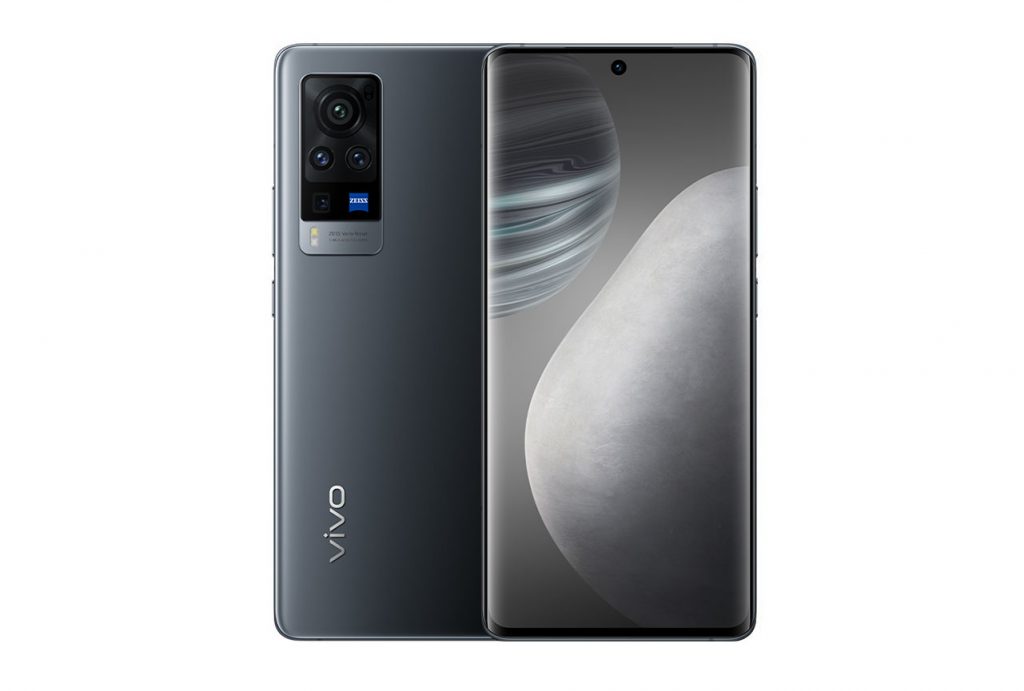







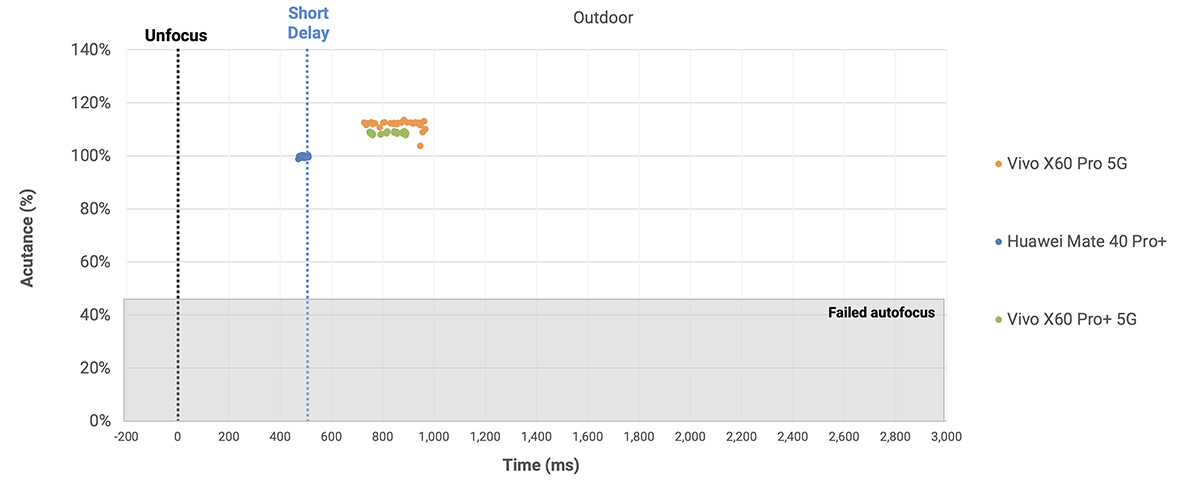
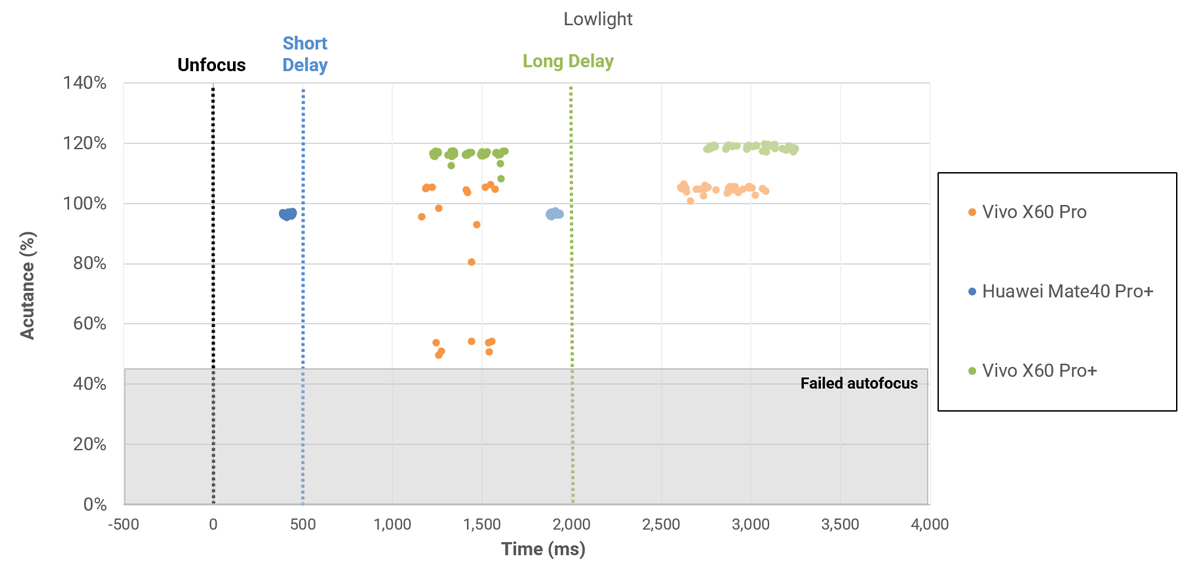
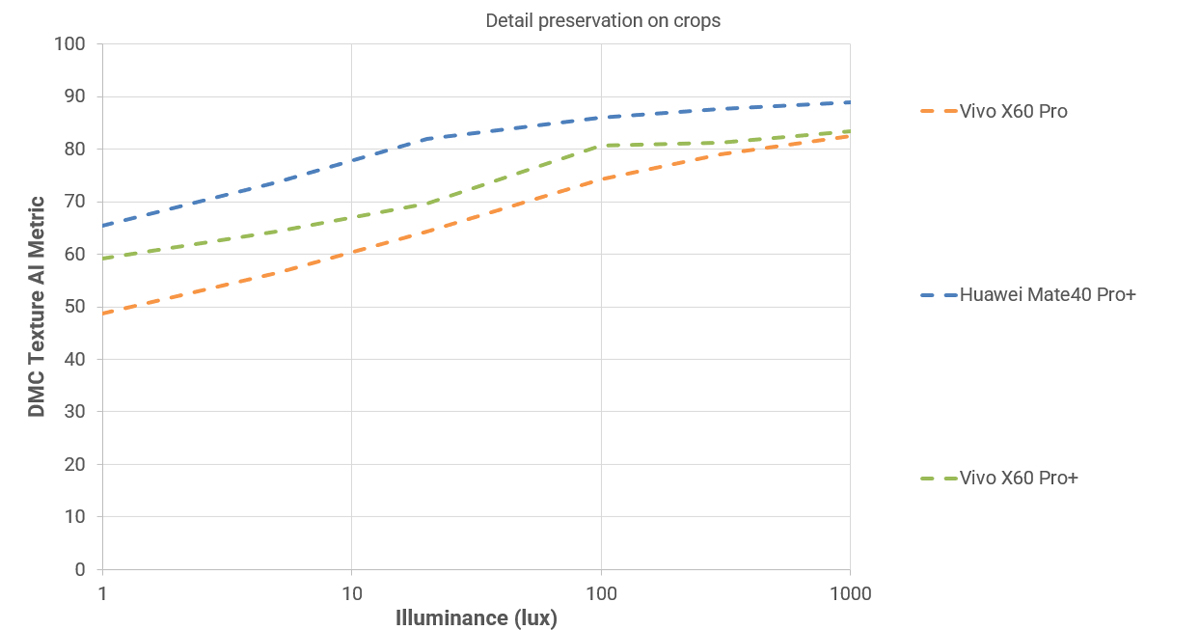






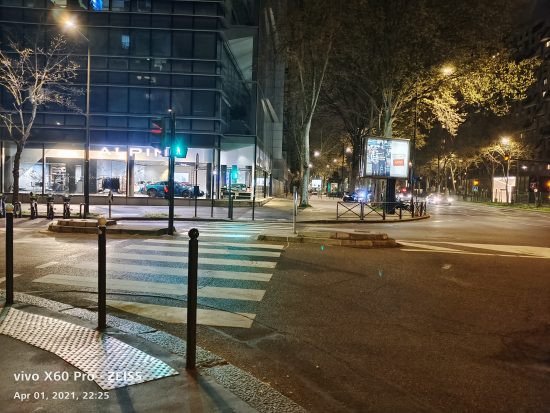
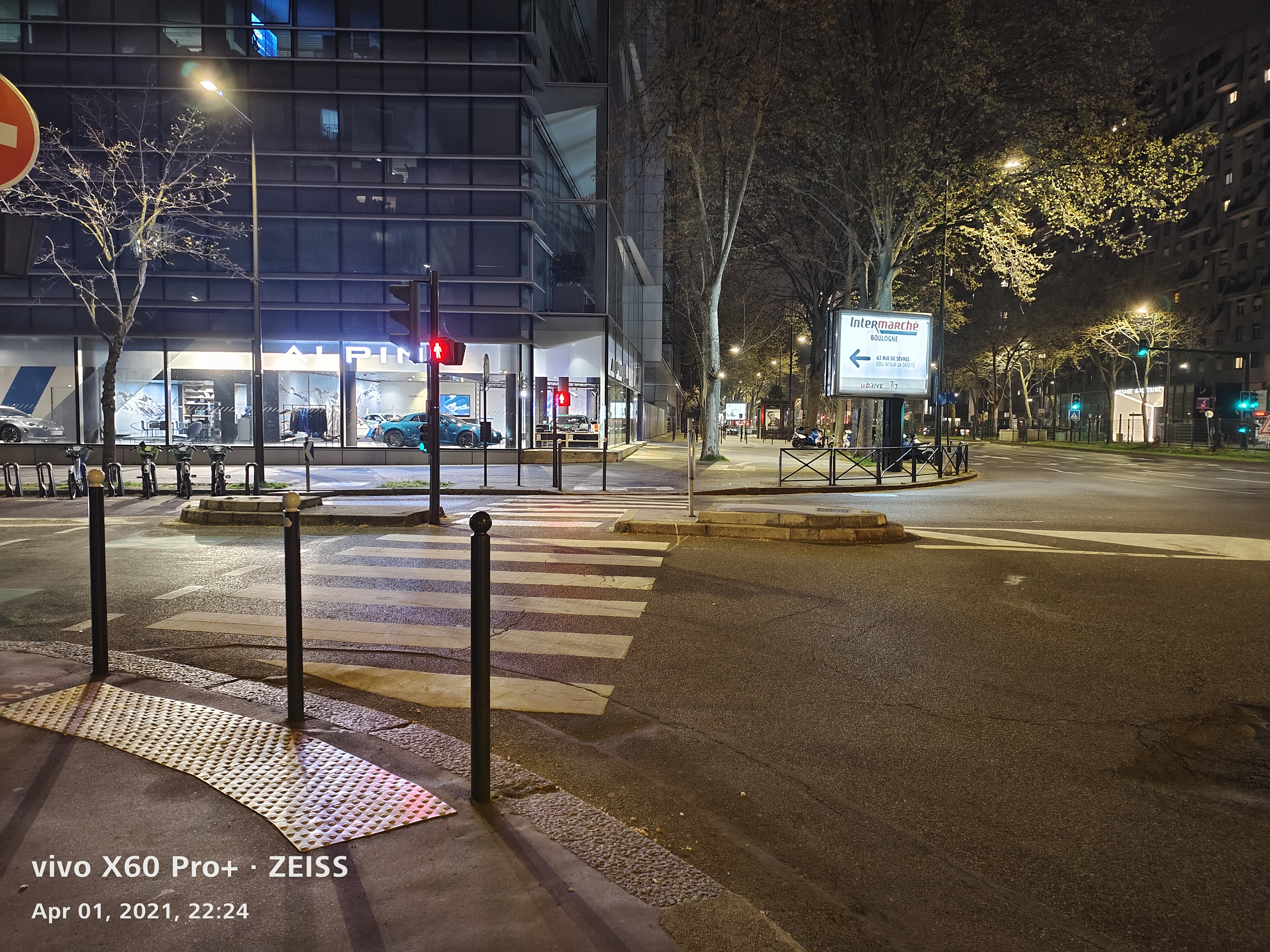


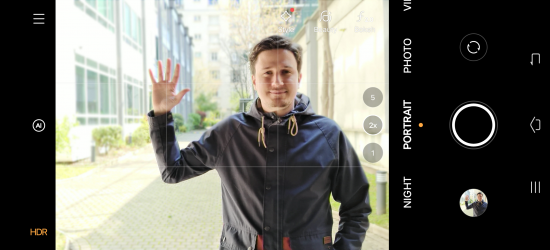









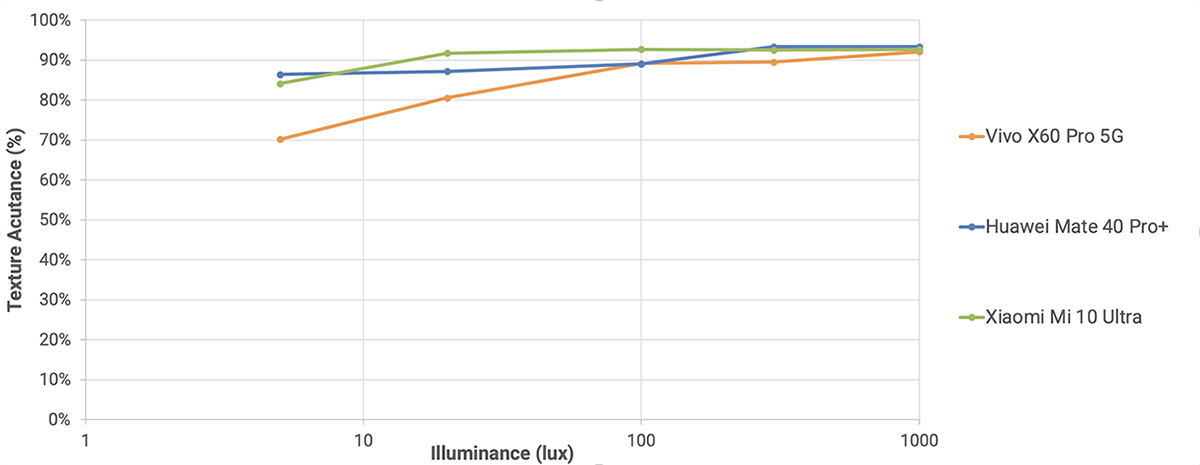
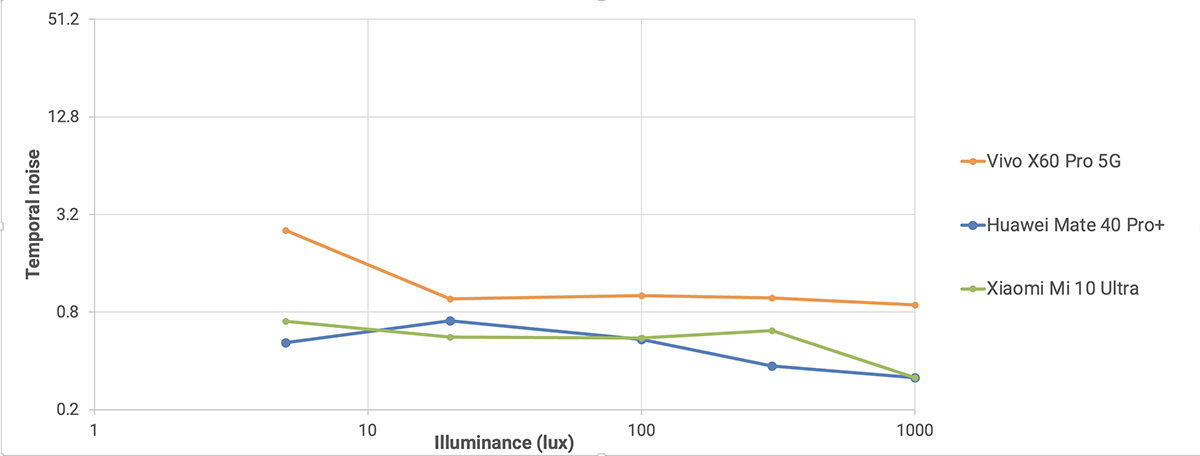
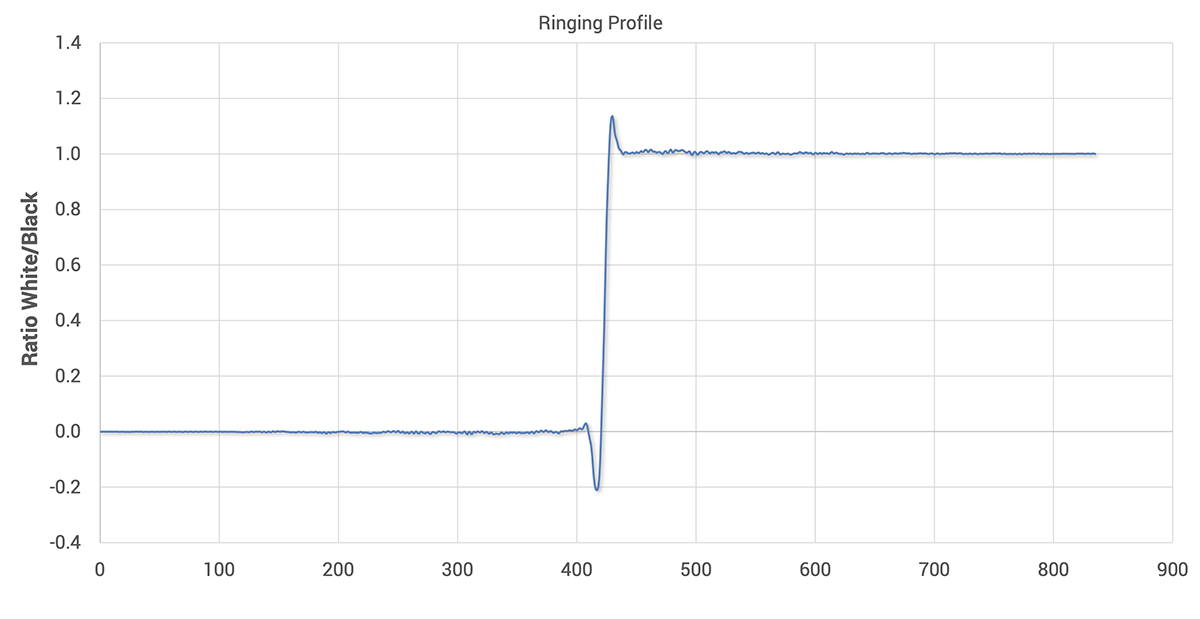
DXOMARK encourages its readers to share comments on the articles. To read or post comments, Disqus cookies are required. Change your Cookies Preferences and read more about our Comment Policy.